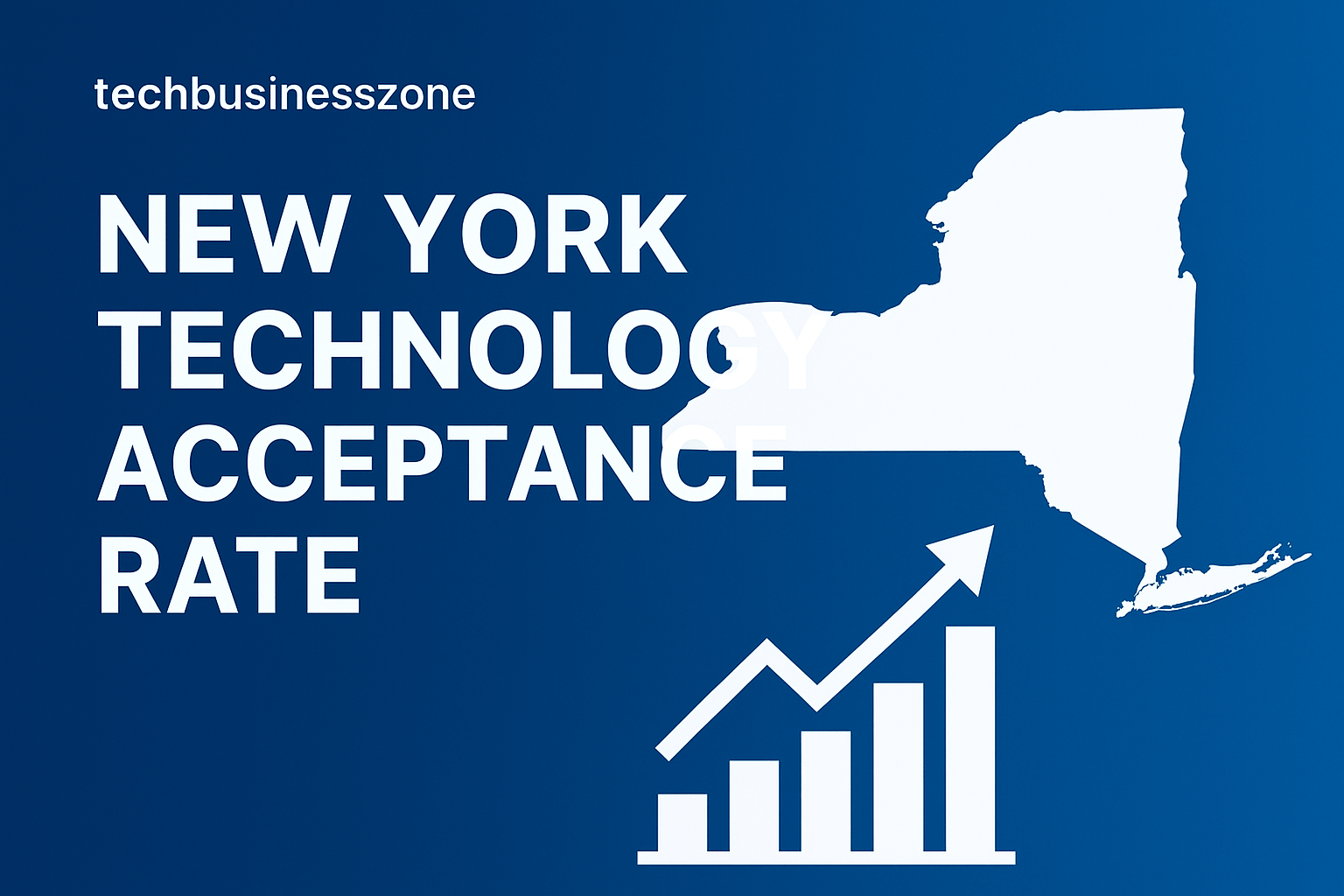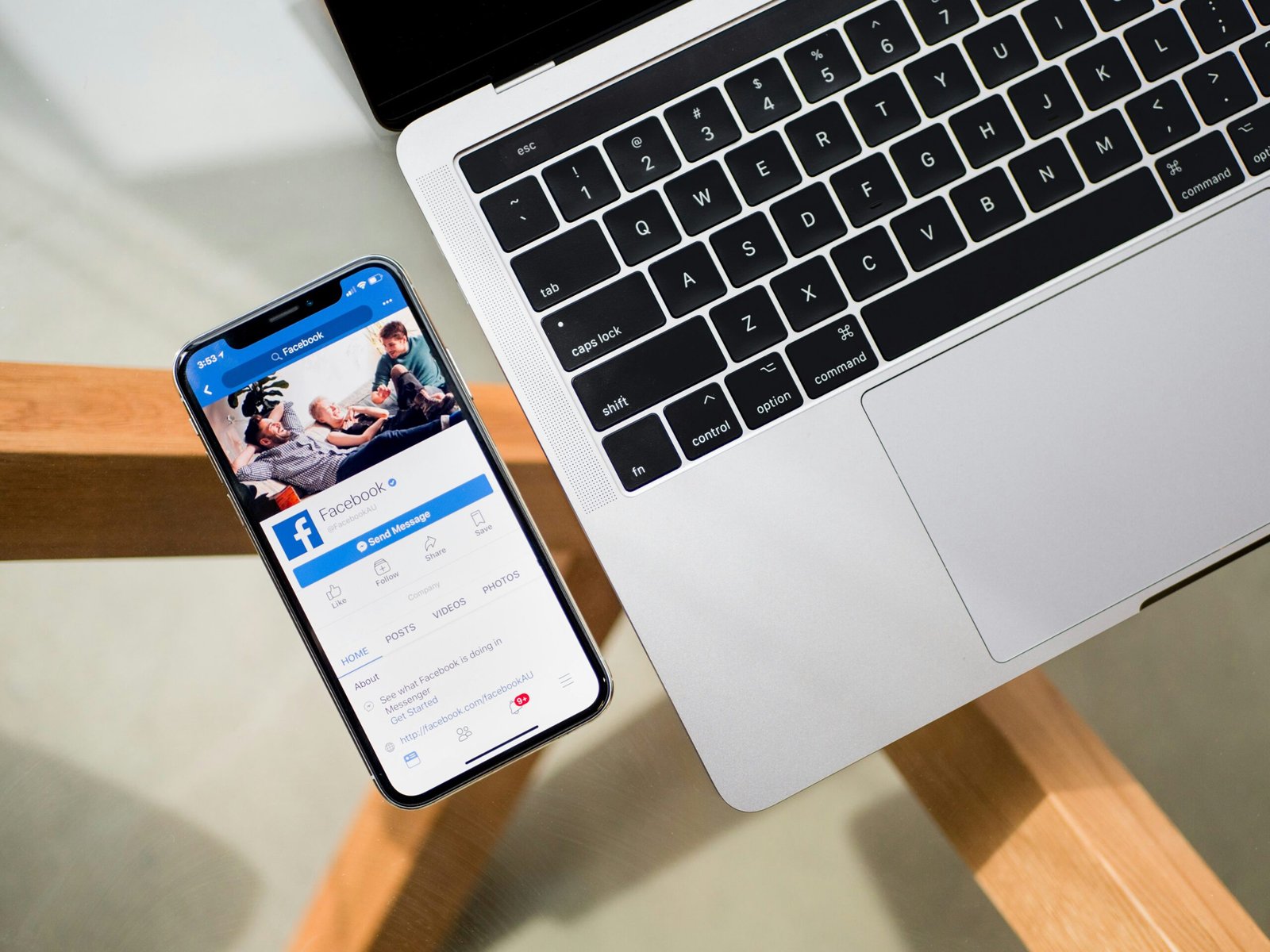How End-to-End Encryption Protects Your Privacy and Why You Need It
What is End-to-End Encryption and How Does It Work?
When people hear “end-to-end encryption” (E2EE), many mistakenly believe it’s a complex technology reserved only for tech-savvy individuals or large corporations. In reality, E2EE is something that almost anyone who uses messaging apps, email, or online banking benefits from daily—whether they realize it or not. It’s not as complicated as it sounds, and understanding it is crucial for protecting your privacy in today’s digital world.
At its core, end-to-end encryption ensures that only the sender and the intended recipient can access shared information. No third party—not even the service provider hosting the communication—can read or access the data. This is achieved using public and private key encryption, which work together to keep your messages, files, and other sensitive data secure during transmission.
Here’s how it works in a simplified way:
- Encryption Begins at the Source: When you send a message, your device encrypts it using the recipient’s public key. Think of this as locking the data with a unique padlock.
- Data Transmission: The encrypted message travels through servers and networks. Even if intercepted, it appears as gibberish to anyone without the correct private key.
- Decryption at the Destination: The recipient’s device uses their private key to unlock the data and view the original message.
This seamless process ensures that sensitive information—whether a personal conversation or a business document—remains confidential from hackers, internet service providers, and even the platform hosting the communication.
Why is End-to-End Encryption Important?
Contrary to the common belief that regular encryption is enough, the reality is that many other encryption methods don’t offer the same level of security as E2EE. For example, server-based encryption allows service providers to access your data, leaving it vulnerable to breaches or misuse. In contrast, E2EE eliminates this risk by ensuring that only the sender and recipient hold the keys to decrypt the data.
This level of protection is particularly vital for:
- Privacy Protection: In a world where data breaches and surveillance are becoming increasingly common, E2EE ensures that your personal and professional communications remain private.
- Preventing Hacking: Cybercriminals can’t decipher encrypted data even if they manage to intercept it during transmission.
- Securing Sensitive Information: From banking details to confidential business discussions, E2EE keeps crucial information safe.
Common Misconceptions About E2EE
One misconception is that E2EE is only for tech enthusiasts or criminals trying to hide their tracks. In reality, it’s a tool that empowers everyone to safeguard their personal information. Another myth is that E2EE is foolproof. While it significantly enhances security, users still need to adopt best practices, like using strong passwords and keeping devices secure, to maximize its effectiveness.
End-to-end encryption is not just a feature; it’s a necessity in today’s connected world. As more individuals and businesses recognize its importance, it’s becoming a standard in securing digital communication.
Benefits of End-to-End Encryption
A common misconception is that encryption, in general, provides enough security for all types of communication. However, not all encryption methods are created equal. End-to-end encryption stands out because it ensures the highest level of security by keeping data inaccessible to everyone except the intended recipient. Let’s dive into the key benefits:
1. Privacy Protection
In an era of pervasive surveillance and data tracking, safeguarding personal and professional communications is more critical than ever. End-to-end encryption prevents unauthorized access by ensuring that:
- Only the sender and recipient can view the content.
- Service providers and third parties cannot access the data, even if compelled by government requests.
This makes E2EE essential for protecting sensitive information, whether you’re discussing personal matters or confidential business strategies.
2. Preventing Hacking and Data Breaches
Cybercriminals often target unencrypted or poorly secured data during transmission. End-to-end encryption mitigates this risk by:
- Ensuring intercepted data is indecipherable without the private key.
- Protecting against man-in-the-middle attacks and other common hacking tactics.
Whether you’re transferring banking details or sharing personal photos, E2EE adds an impenetrable layer of security.
3. Secure Communication Across Platforms
From messaging apps to video calls, end-to-end encryption ensures that your interactions remain private. Popular platforms like Signal, WhatsApp, and Zoom have implemented E2EE to guarantee:
- Secure messaging and file sharing.
- Encrypted video and voice calls that cannot be eavesdropped on.
4. Compliance with Data Protection Regulations
For businesses, end-to-end encryption is not just a choice but often a requirement to comply with laws like GDPR and CCPA. It helps organizations:
- Protect customer data.
- Avoid hefty fines for non-compliance.
By adopting E2EE, businesses demonstrate their commitment to safeguarding user privacy, which can also enhance trust and credibility.
5. Protecting Sensitive Business Information
For enterprises, protecting intellectual property, financial transactions, and internal communications is vital. End-to-end encryption offers:
- Secure collaboration among remote teams.
- Protection against industrial espionage and insider threats.
These benefits make E2EE indispensable for modern businesses and individuals alike. Its ability to protect data from prying eyes, both malicious and institutional, ensures peace of mind in an increasingly digital world.
Common Use Cases for End-to-End Encryption
While many believe end-to-end encryption is primarily for protecting personal conversations, its applications extend far beyond that. From safeguarding sensitive business data to securing everyday digital interactions, E2EE plays a critical role across various domains. Let’s explore its practical uses:
1. Secure Messaging and Calls
Apps like WhatsApp, Signal, and Telegram have popularized end-to-end encryption in instant messaging. Contrary to the belief that these features are only for privacy enthusiasts, they are vital for anyone who values confidentiality. E2EE ensures:
- Private conversations that cannot be intercepted or read by third parties.\n- Secure voice and video calls, shielding discussions from eavesdropping.
2. Email Encryption for Businesses and Professionals
Despite the misconception that emails are inherently secure, most traditional email systems are vulnerable to breaches. Using E2EE solutions like ProtonMail or Tutanota ensures:
- Confidential business communication remains inaccessible to hackers.\n- Sensitive attachments are transmitted securely.
3. Financial Transactions and Online Banking
When transferring money online or shopping on e-commerce platforms, end-to-end encryption protects your sensitive financial data, such as:
- Credit card details.\n- Account numbers and personal information.
4. Healthcare Data Protection
The healthcare industry handles vast amounts of sensitive patient information. End-to-end encryption ensures compliance with privacy regulations like HIPAA by:
- Securing electronic health records (EHRs).\n- Protecting doctor-patient communications from unauthorized access.
5. Remote Work and Collaboration
With the rise of remote work, end-to-end encryption has become indispensable for tools like Zoom, Microsoft Teams, and Slack. These platforms rely on E2EE to:
- Prevent unauthorized access to corporate data.\n- Secure file sharing and video conferencing.
E2EE is no longer a luxury but a necessity across industries and personal interactions. Whether you’re sharing a personal memory or negotiating a multi-million dollar deal, end-to-end encryption ensures your information remains in the right hands.
How to Choose the Right End-to-End Encryption Tools
Despite understanding the importance of E2EE, many people struggle to choose the right tools for their needs. A common misconception is that all encryption tools offer the same level of protection, but this couldn’t be further from the truth. Let’s break down how to select the best options for safeguarding your data.
1. Understand Your Specific Needs
Before diving into tools, identify your priorities. Are you looking for:
- A secure messaging app for personal conversations?
- Encrypted email service for professional communication?
- A platform to secure business collaborations?
Knowing your goals will help narrow down the options.
2. Evaluate the Features
Not all tools labeled as “end-to-end encrypted” provide the same benefits. Look for features such as:
- True End-to-End Encryption: Ensure the tool encrypts data from the sender to the recipient without exposing it to the service provider.
- Cross-Platform Compatibility: Opt for tools that work seamlessly across devices, such as smartphones, laptops, and tablets.
- User-Friendly Interface: The tool should be easy to set up and use, even for non-technical individuals.
3. Check the Reputation of the Provider
The security of an E2EE tool often depends on the company behind it. Research:
- Transparency: Does the provider publish audits or open-source its code?
- History: Has the company faced any data breaches or controversies in the past?
4. Consider Additional Security Features
Many E2EE tools offer extra layers of protection, such as:
- Two-factor authentication (2FA) for added login security.
- Self-destructing messages to minimize the risk of data leaks.
- Encryption for backups, ensuring even stored data is protected.
5. Test the Tool’s Performance
Security is important, but so is usability. Test the tool to ensure:
- Messages and files are transmitted quickly and efficiently.
- The interface feels intuitive for day-to-day use.
Popular E2EE Tools to Consider
- Signal: Renowned for its privacy-focused design, it’s ideal for secure messaging and calls.
- ProtonMail: A great choice for encrypted emails, especially for businesses.
- Wire: Perfect for team collaboration with robust encryption.
- Tresorit: A secure option for file storage and sharing.
By carefully evaluating these factors, you can select an end-to-end encryption tool that aligns with your needs and ensures maximum data security.
Conclusion
End-to-end encryption is no longer a luxury—it’s a necessity in today’s digital age. Whether you’re sending a private message, managing sensitive business communications, or protecting financial transactions, E2EE ensures that your data stays in the right hands.
By understanding how end-to-end encryption works, exploring its benefits, and choosing the right tools, you can confidently safeguard your personal and professional information. As more individuals and businesses adopt this technology, it not only enhances security but also reinforces the value of privacy in our interconnected world.
Take charge of your digital security today—end-to-end encryption is your key to staying safe online.







